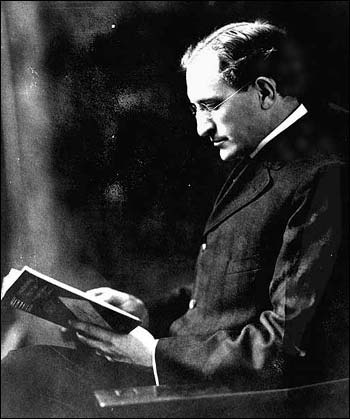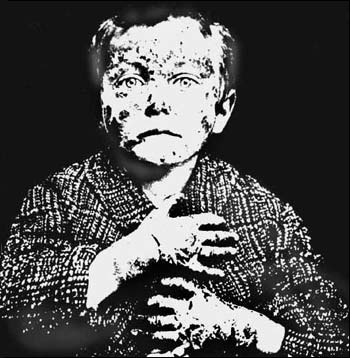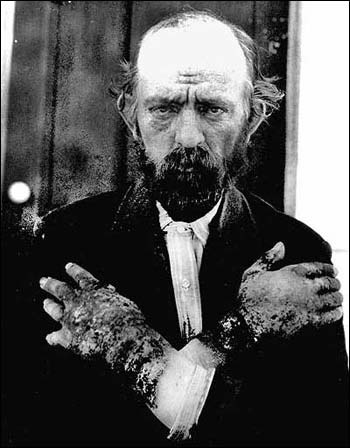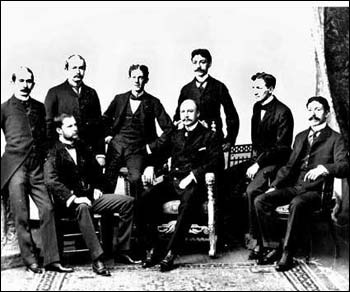| Div | ||||||||||||||||
|---|---|---|---|---|---|---|---|---|---|---|---|---|---|---|---|---|
| ||||||||||||||||
| ||||||||||||||||
| Div | ||||||||||||||||
| ||||||||||||||||
| Div | ||||||||||||||||
| ||||||||||||||||
Introduction
Eighty years ago, long before Dr. C. Everett Koop and a new generation of public health professionals suffered social criticism in their public health pronouncements on AIDS, Dr. Joseph Goldberger, Surgeon in the United States Public Health Service, was doing much the same thing. Even as Koop has been critical of personal behavior and social policies that could put populations at risk of acquiring the AIDS virus, Goldberger warned Americans about the crucial link between poor nutrition as the result of poverty and the onset of a scourge known as pellagra.
Pellagra was first identified among Spanish peasants by Don Gaspar Casal in 1735. A loathsome skin disease, it was called mal de la rosa and often mistaken for leprosy. Although it was not conclusively identified in the United States until 1907, there are reports of illness that could be pellagra as far back as the 1820s. In the United States, pellagra has often been called the disease of the four D's -- dermatitis, diarrhea, dementia, and death. National data is sketchy, but by 1912, the state of South Carolina alone reported 30,000 cases and a mortality rate of 40 percent. While hardly confined to Southern states, the disease seemed especially rampant there. Between 1907 and 1940, aprroximately three million Americans contracted pellagra and 100,000 of them died. A worried Congress asked the Surgeon General to investigate the disease. In 1914, Joseph Goldberger was asked to head that investigation.
| Div | ||||||||||||||||||||
|---|---|---|---|---|---|---|---|---|---|---|---|---|---|---|---|---|---|---|---|---|
| ||||||||||||||||||||
| grid
|
| Div | ||||||||||
|---|---|---|---|---|---|---|---|---|---|---|
| ||||||||||
|
...






